Have you ever walked into a room and felt an immediate change in mood? Perhaps you stepped into a cool, blue-toned space and felt a soothing tranquility wash over you, or found yourself in a brightly colored, energetic environment and felt an infectious sprightliness take hold. Can you recall the paint hues of your childhood kitchen? How it felt to step inside after a long day at school? Or maybe how it instilled a sense of peace on lazy Sunday mornings? This isn’t a mere coincidence; colors possess a psychological power that plays a key role in shaping our emotions.
This profound impact color has on our psyche can influence our overall perception of our homes. This is especially true for a room like the kitchen, often hailed as the heart of the home. As such, careful thought must be put into choosing the palette of this crucial space. The power of color in your kitchen not only affects how you perceive the space visually but also ripples out to touch the emotional currents of your daily life.
In this blog, we will embark on an enlightening exploration of the effects different colors can have in your kitchen. From sparking creativity to promoting tranquility, this journey will showcase the significant role color can play in shaping your mood, energizing you, and cultivating a joyful, relaxing atmosphere.
The Science Behind Color Psychology
Color psychology is far from a fad; it’s a real, science-backed phenomenon that marketers, designers, and psychologists have been studying for years. Essentially, it involves how different shades impact our thoughts, emotions, and behaviors. Various studies have indicated that people have different reactions to specific colors based on their cultural upbringing, personal experiences, or even their current mood.
Moreover, studies have also found a correlation between color and physiological reactions; for example, red can raise blood pressure and heart rate! A careful selection of colors, then, can make you not only feel different but also significantly influence your physical responses within your kitchen space.
Decoding the Color Wheel
Understanding how colors work can help in creating an effective color scheme for your kitchen. Primary colors (red, blue, and yellow) are energetic and bold, while secondary colors (green, violet, and orange) usually instill feelings of calm and peacefulness. Warm colors like red, yellow, and orange are seen as invigorating and lively, whereas cool colors like blue, green, and purple give off a calming, relaxed energy. Considering the purpose of your kitchen, would you prefer a space that energizes you, or a space that calms you?
The Impact of Key Colors in the Kitchen
Now that we understand the general rules of color psychology, we can break down the implications of popular kitchen colors. Red, a bold and passionate color, may elevate the energy and appetite level in your kitchen. Yellows can infuse the room with a buzzy, cheerful vibrance, great for busy mornings. Blues and greens on the other hand, instill a calm and serene atmosphere, promoting tranquility even amid kitchen chaos.
The Pro’s and Con’s of Certain Hues
While the thought of a red kitchen can be initially exciting, it’s essential to consider the possible drawbacks of vibrant colors. Some people may find the energy of loud colors overbearing over time. The same goes for cool colors; a completely blue kitchen may feel cold and uninviting for some. The key is in finding balance in your hues to match your desired mood and ambience.
Incorporating Color Psychology into Your Design
When incorporating color psychology into kitchen design, it’s about more than just the wall color. Cabinets, countertops, accessories, and even appliances can contribute to the color palette. A good starting point is to ponder how you want to feel in your kitchen. Energetic and inspired? You might want to incorporate warm tones. Calm and focused? Cooler colors might be your best bet.
Beyond the Walls: The Impact of Colors on Kitchenware
It’s not just the color of your walls or cabinets that affect you; consider colors of kitchen utensils, appliances and how they can invoke emotions. For instance, having red pots and pans might inject more energy into your cooking, while blue dishes may indicate tranquility and peace.
Conclusion:
The silent impact of colors in our lives, specifically within the confines of our kitchen, is truly remarkable. Be it emitting invigorating energy, inciting a sense of calm, or fostering creativity, the color of your kitchen plays an integral part in orchestrating your day-to-day mood. While incorporating color psychology into your kitchen design, remember that the most essential aspect is creating a space that resonates with you and reflects your personal style.
Exploring color psychology can provide insightful guidance, but never forget that the kitchen is the heart of your home. Thus, let it beat in sync with you, reflecting and nurturing your emotions through the power of color. Balancing your visual pleasure with your emotional comfort is the ultimate aim, making your kitchen more than just a space for cooking, transforming it into a sanctuary for your soul.

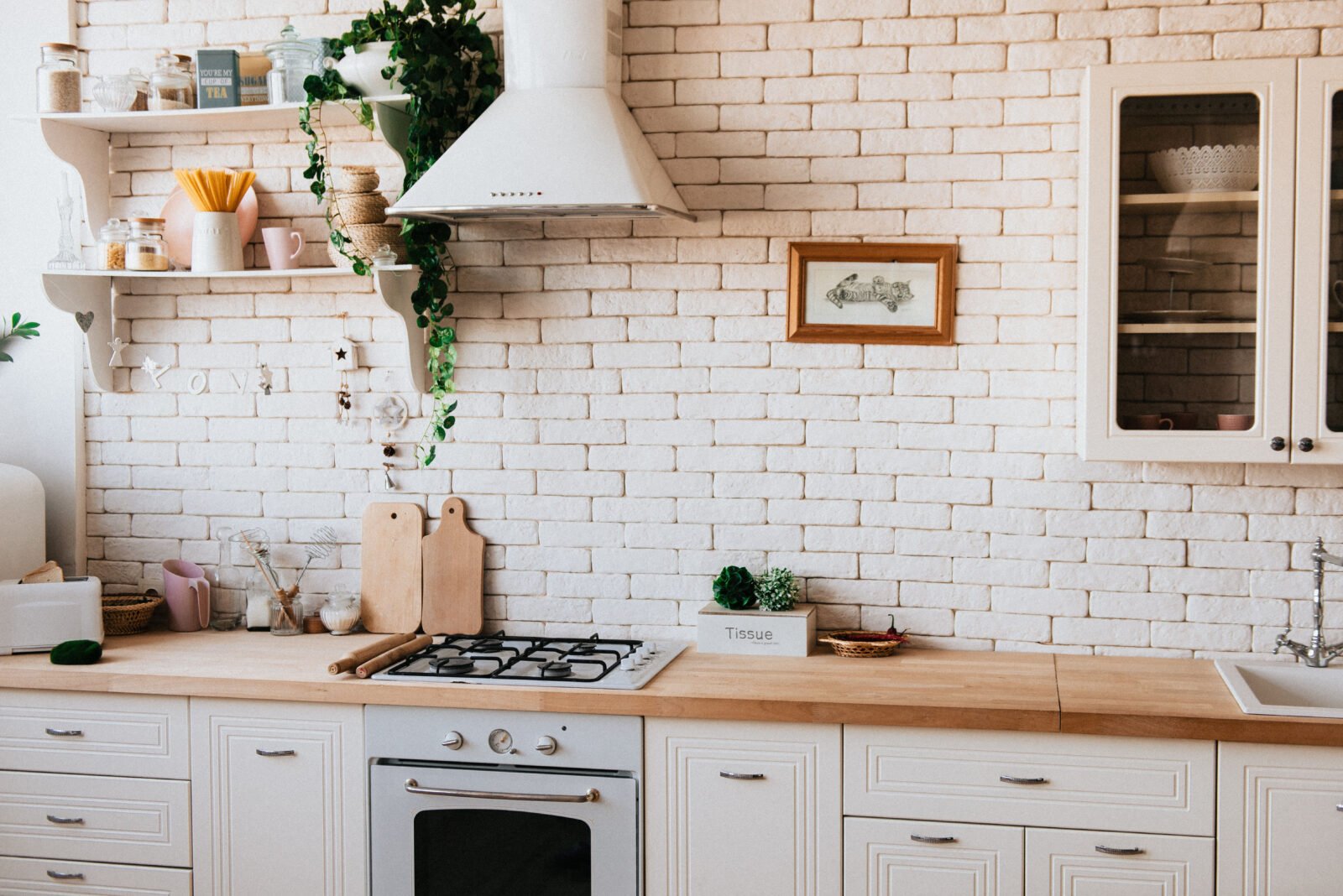


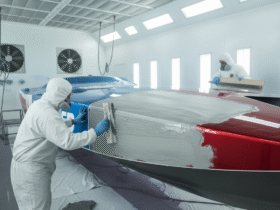
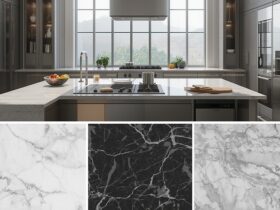
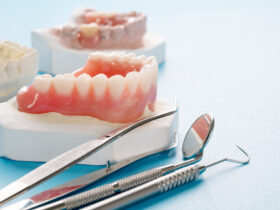


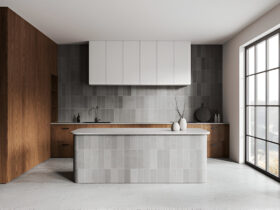
Find Us on Socials